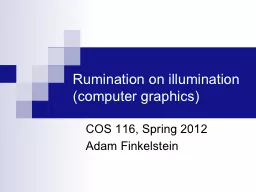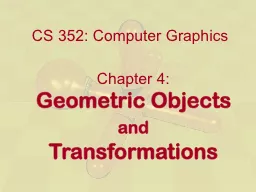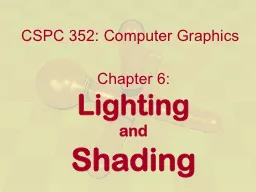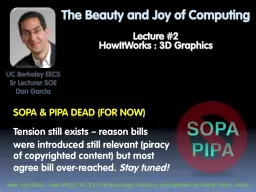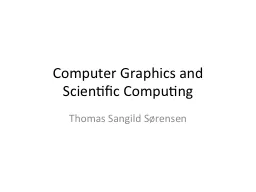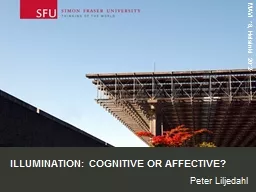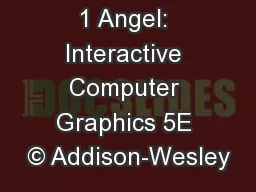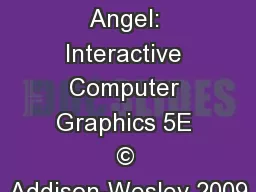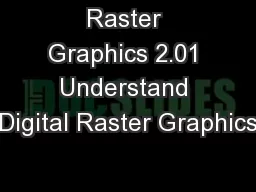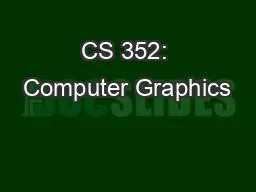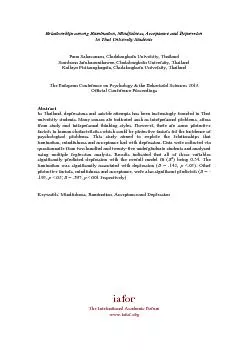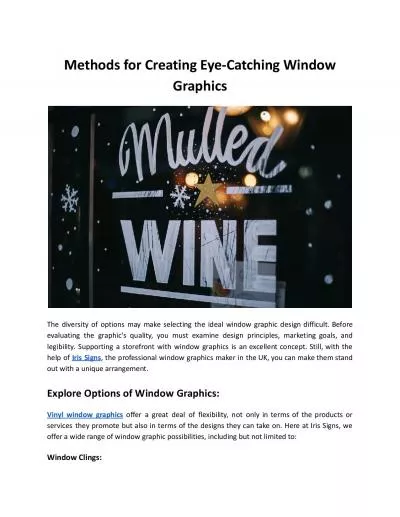PPT-Rumination on illumination (computer graphics)
Author : calandra-battersby | Published Date : 2015-10-10
COS 116 Spring 2012 Adam Finkelstein Applications Entertainment Computeraided design Scientific visualization Training Education Ecommerce Computer art Boeing 777
Presentation Embed Code
Download Presentation
Download Presentation The PPT/PDF document "Rumination on illumination (computer gra..." is the property of its rightful owner. Permission is granted to download and print the materials on this website for personal, non-commercial use only, and to display it on your personal computer provided you do not modify the materials and that you retain all copyright notices contained in the materials. By downloading content from our website, you accept the terms of this agreement.
Rumination on illumination (computer graphics): Transcript
Download Rules Of Document
"Rumination on illumination (computer graphics)"The content belongs to its owner. You may download and print it for personal use, without modification, and keep all copyright notices. By downloading, you agree to these terms.
Related Documents

